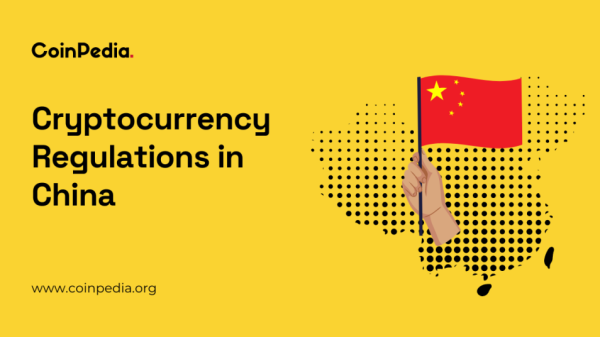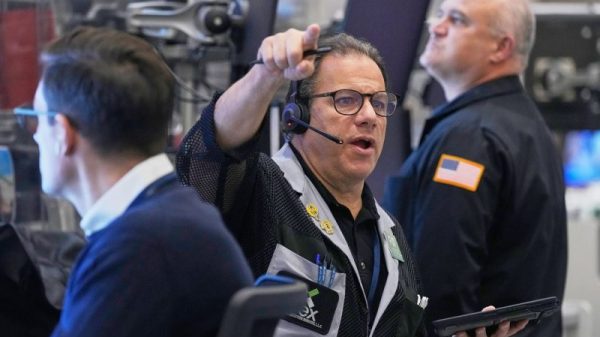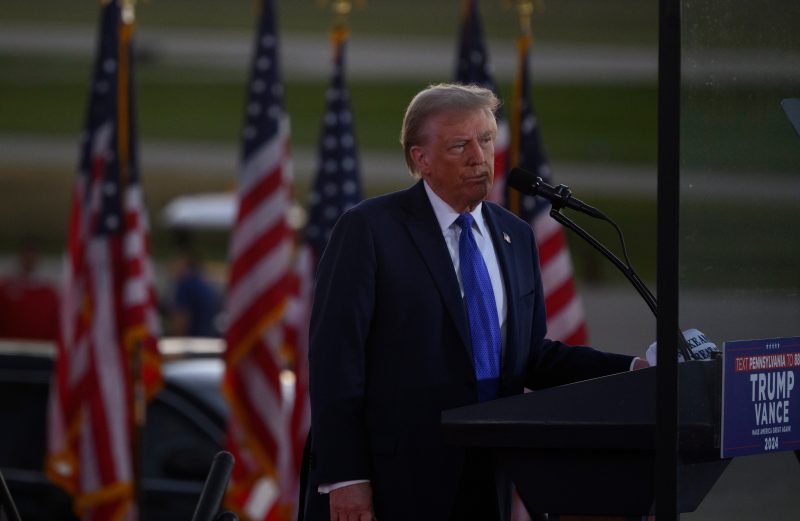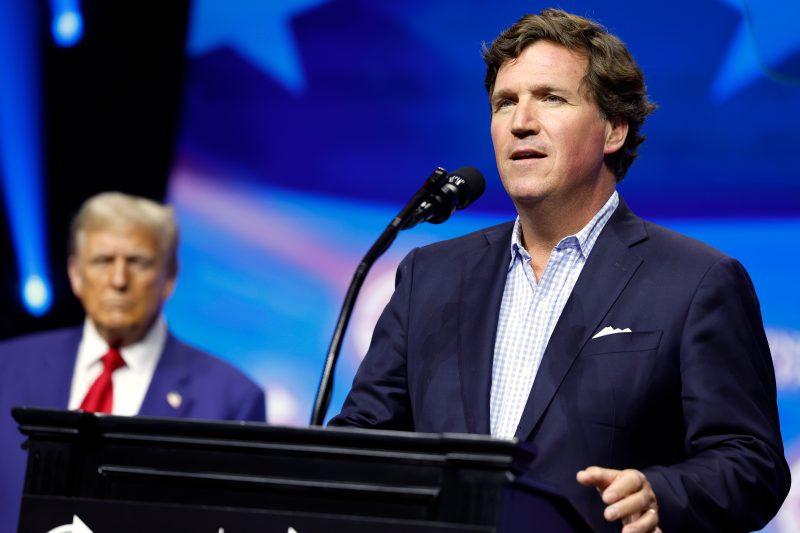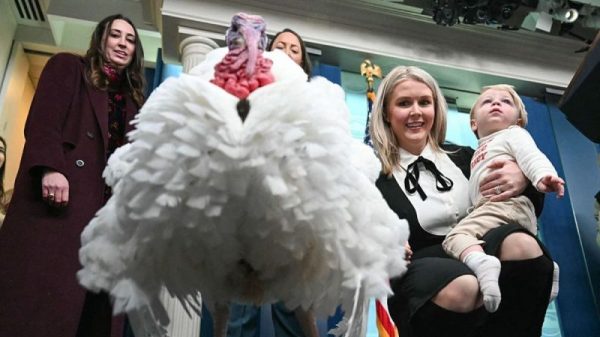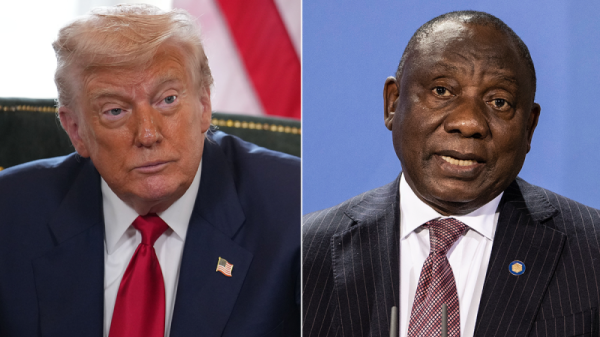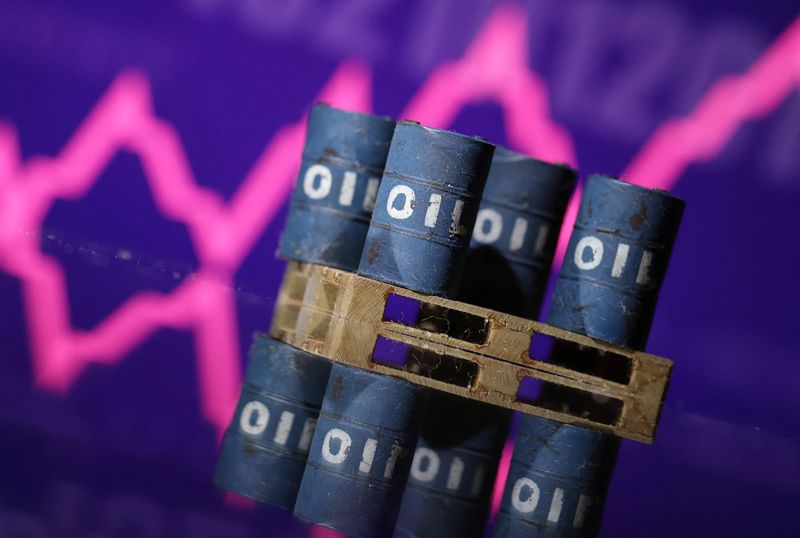
By Francesco Canepa
FRANKFURT (Reuters) – Just as Britain and the United States come under pressure from investors worried about growing debt and sticky inflation, the euro zone seems to be largely escaping the market’s wrath — even if the reasons behind that calm are not all pleasant.
The UK and U.S. governments have seen their 10-year bond yields, an indication of how much it costs them to borrow, rise by 100 basis points since September as investors fret about the fiscal plans of Britain’s Labour government and Donald Trump’s incoming U.S. administration.
Germany, the euro zone’s largest economy and financial benchmark, has seen its own borrowing costs rise less than half as much despite a looming general election that could see big gains for the far right.
Investors are taking comfort from a much lower government debt-servicing burden in Berlin than in Washington or London.
“Germany is the only major economy around the world that can afford to issue more debt to finance public spending if they decide to,” Francesco Castelli, the head of fixed income at asset manager Banor in London, said.
But even for debt-laden Italy and France the rise in bond yields has been much smaller than in Britain or the United States.
This might in part reflect some signs of fiscal restraint in Rome and in Paris, where a new government has vowed to get the public finances in order.
But there are also less positive reasons why lenders are not charging more to lend to euro zone governments.
Economic growth in the bloc, and especially in Germany, is stuck in low gear, courtesy of higher energy costs and a lack of competitiveness in key sectors such as cars and technology.
This is likely to push down inflation, keep the economy stagnant and force the European Central Bank to cut interest rates quickly in the coming months.
By contrast, the U.S. economy keeps defying expectations with its brisk growth, and economists are becoming increasingly convinced it may well be destined for a structurally higher neutral rate of interest — the level of borrowing costs that keeps the economy in balance.
Protectionist policies from the incoming Trump administration could even add to U.S. inflation by making imports more expensive, forcing the Federal Reserve to keep interest rates high for longer and putting upward pressure on borrowing costs.
The Fed is only seen cutting its key rate just once or twice at most over the next year, which would still leave it at around 4.0%
The central bank for the 20 countries that share the euro is by contrast seen reducing its policy rate four times over the same period, easing it to 2.0%.
“In the United States every bit of good news is taken as evidence that the economy is stronger not just cyclically but structurally, and the neutral rate may be between 3% and 4%,” said Frederik Ducrozet, head of macroeconomic research at Pictet Wealth Management.
“In Europe there’s little such hope that growth will be good,” he added, pointing to an ECB survey that puts long-term expectations for the policy rate at just 2.0%.
Of course things could still change – for better or worse – especially given policy uncertainty from Trump, who has said Europe would pay heavily for running a persistent trade surplus with the United States.
There were limits to interest rate divergence, too, since high U.S. yields tend to strengthen the dollar and boost imported inflation in Europe, especially via energy prices.
“Six straight weeks of rising yields in Europe is the longest sequence since September 2022 and flies squarely in the face of the popular view that the second largest economy in the world is broken and inflation has been vanquished,” Societe Generale (OTC:SCGLY) wrote in a note to clients.
On the positive side, Pictet’s Ducrozet said Germany could climb out of its economic rut if the next government decided to make use of its fiscal space to invest, boosting its growth and inflation expectations.
This would likely result in higher long-term rates, which would be, in this case, “a measure of success” rather than an issue, he said.


